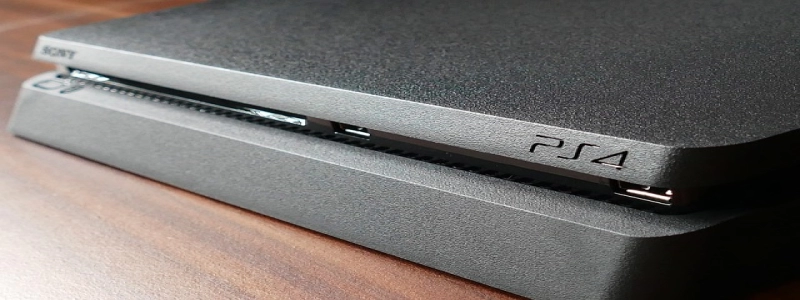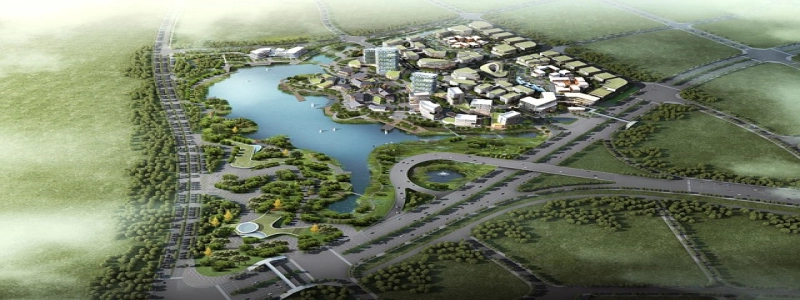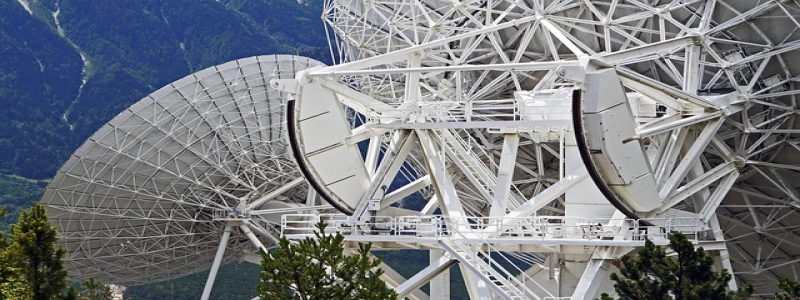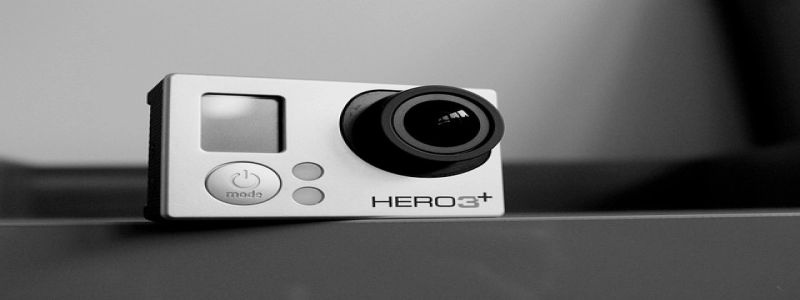IP Camera Power over Ethernet
Introduction:
In recent years, IP cameras have become increasingly popular due to their versatile features and ease of use. One of the key factors in the successful deployment of IP cameras is ensuring a stable and reliable power supply. Power over Ethernet (PoE) has emerged as a convenient and efficient solution for powering IP cameras while simplifying installation and reducing costs. This article will explore the concept of PoE and its benefits for IP camera systems.
1. What is Power over Ethernet (PoE)?
Power over Ethernet, commonly referred to as PoE, is a technology that allows electrical power to be transmitted over Ethernet cables along with data signals. Instead of requiring a separate power source, devices such as IP cameras can receive power directly from the same Ethernet cable that is used for data transmission. PoE is standardized by the Institute of Electrical and Electronics Engineers (IEEE) under the IEEE 802.3af and IEEE 802.3at standards.
2. How does it work?
PoE operates by injecting low-voltage direct current (DC) over the Ethernet cable. A PoE switch or injector is used to supply power to the IP camera. The device receiving power must be PoE-compatible and capable of accepting power through its Ethernet port. The power is then extracted from the Ethernet cable and converted to the appropriate voltage and current required by the IP camera.
3. Benefits of PoE for IP cameras:
3.1 Simplicity and versatility: PoE eliminates the need for a separate power source for IP cameras. This simplifies installation by reducing the number of cables and power outlets required. It also allows for greater flexibility in camera placement as there is no limitation imposed by the availability of power outlets.
3.2 Cost-effective: Installing PoE infrastructure can be more cost-effective compared to traditional power supply methods. The elimination of additional power cables and outlets reduces installation costs and labor. Furthermore, utilizing Ethernet cables for both power and data transmission reduces the need for expensive electrical wiring.
3.3 Centralized power management: With PoE, power can be centrally managed through a PoE switch. This provides administrators with the ability to remotely monitor and control power consumption and reset cameras as needed. Centralized power management improves system efficiency and enables proactive maintenance.
3.4 Scalability: PoE allows for easy scalability in IP camera systems. Additional cameras can be added to the network without the need for additional power sources. This simplifies system expansion and future upgrades.
4. Considerations and limitations:
4.1 Power budget: The power budget of a PoE switch or injector should be carefully considered to ensure it can provide sufficient power to all connected devices. High-power cameras may require an upgraded PoE switch or the use of additional power injectors.
4.2 Cable length: The maximum distance that power can be transmitted over Ethernet cables is approximately 100 meters. This puts a limitation on the placement of IP cameras when utilizing PoE.
4.3 Power requirement: IP cameras have different power requirements, and not all models are PoE-compatible. It is important to verify the power compatibility of the cameras before deploying a PoE solution.
Conclusion:
Power over Ethernet offers significant advantages for IP camera systems. Its simplicity, cost-effectiveness, centralized management, and scalability make it an ideal choice for powering IP cameras. Considering the power budget, cable length, and camera requirements is crucial for successful implementation. By utilizing PoE, organizations can streamline their IP camera installations and ensure a reliable and efficient power supply.








